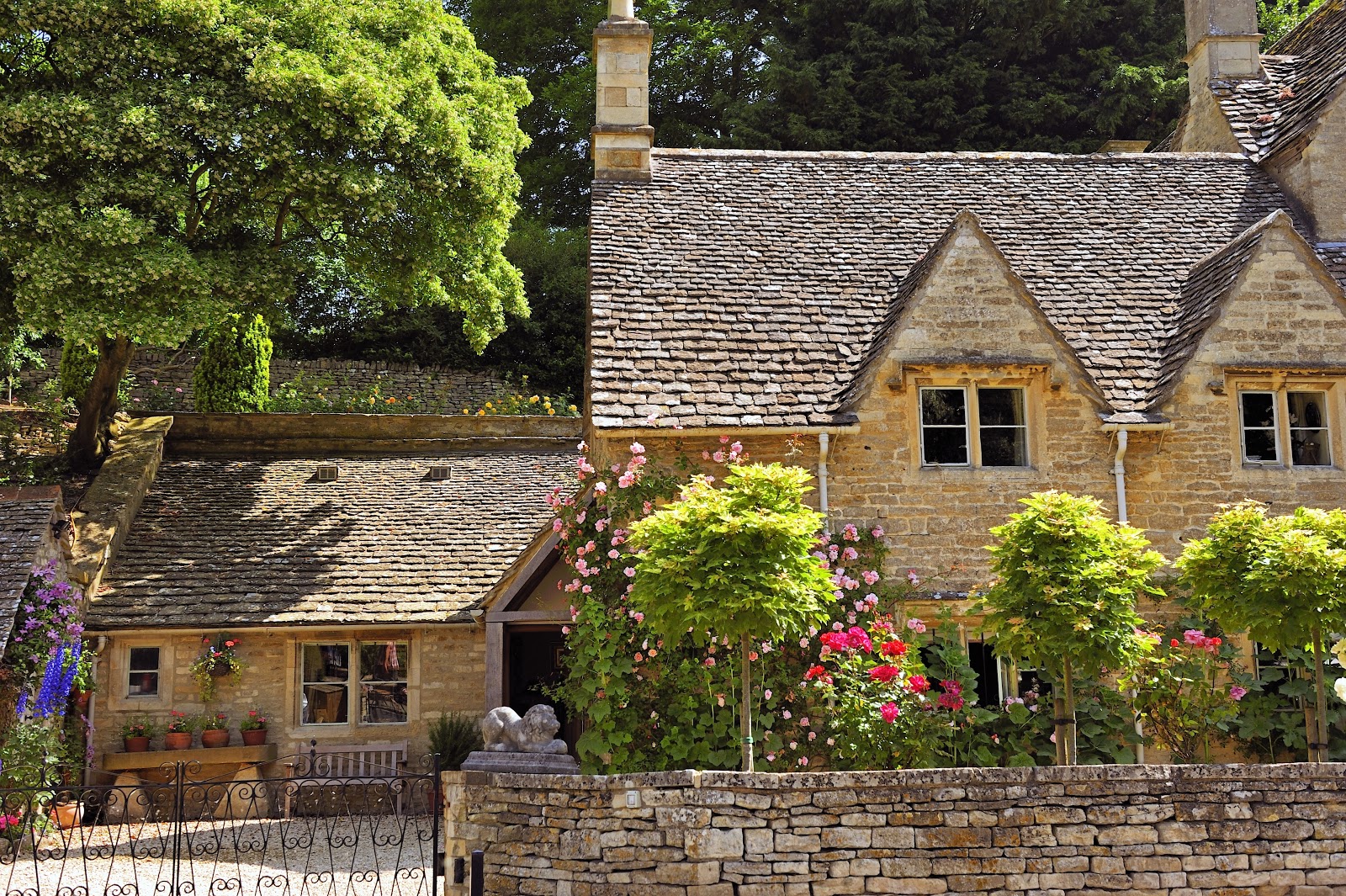Photo credit: Shutterstock
Restoring a historic property is a privilege that comes with many responsibilities. It requires passion, dedication and expertise, but the results can be rewardingly beautiful.
For well over a century, parliament has recognised the need for protection on buildings — the first legislation in Britain was the Ancient Monuments Protection Act of 1882. Today, Historic England is the government’s expert advisory service for England’s historic environment. It provides constructive advice to local authorities, owners and the public to help people understand, value and care for these properties.
What Does It Mean to Restore a Property?
Restoring a significant place means that an intervention has been made with the deliberate intention of revealing or recovering a known element of heritage value that has been eroded, obscured or previously removed. Doing this can also achieve other conservation benefits, for example, restoring a roof may make it both physically and economically sustainable in the long term.
Historic England’s guide on “Conservation Principles, Policies and Guidance” sets out a list of high-level principles, which act as a clear and philosophical framework of what conservation means at the beginning of the 21st century.
Restoring a historic property needs careful preparation, combined with an in-depth understanding of the building and what it has lived through. To give you an introductory overview of some of the things you need to keep in mind when restoring a historic property, take a look at the following:
Planning Permission
First and foremost, working on older buildings may require extra types of planning permission. Specifically, you will need Listed Building Consent for any work to a listed building that involves alterations, extensions or demolition.
This is very important, as it can be an offence to make changes without prior permission. It’s not as daunting as it sounds — the government simply needs to approve any proposed changes to ensure they are in line with regulations. After all, a fundamental principle is that everyone should be able to participate in sustaining the historic environment, so it is there to help you.
Aesthetic Value
Defined as “Value deriving from the ways in which people draw sensory and intellectual stimulation from a place”, aesthetic value is essentially how a building looks and feels. The eye appreciates the aesthetic qualities of a place, including its scale, composition, silhouette and proportions, which can be the result of the intended design or an unpredictable outcome of the way a place has evolved and been used over time. Many places combine these two aspects.
The choice of appropriate materials and the craftsmanship applied is particularly crucial to the building’s durability and maintaining the specific character of places. Aesthetic values tend to be specific to a time and cultural context, so research the history of your property and ensure that any restoration work adheres to its unique aesthetic.
Authenticity
Now we know why to maintain how a building looks, let’s discuss why it should also retain its authenticity. This means keeping the attributes and elements that most truthfully reflect and embody the heritage values attached to it.
As new work frequently involves some intervention, it can conflict with the conservation idea — for example, modern repairs can change the fabric of a place. Therefore, where possible, repairs to the damaged architectural or landscape features need to be in accordance with its historic design.
The quality of design, materials, detailing and execution is essential when restoring a place of historic value. Craftsmanship should be first-rate and appropriate to the standards of the original construction. If you’re after roof repairs, for example, you should look to hire a heritage roofing contractor. Specialists should be Heritage Certified and fully qualified in repairing and maintaining traditional pre-1919 buildings.
Routine Maintenance
Maintenance is a fundamental principle of conservation, as any implications of proposed restorations need to be sustainable. Maintain Our Heritage believes that any historic building without appropriate routine maintenance is a building at risk. One such maintenance routine is regularly clearing out the drains and gutters to stop exposed materials from decaying as quickly, which is an unfortunate result of rain, wind and sun.
Failure to regularly maintain a historic building will result in ongoing and expensive repairs, often without warning. Each time this happens, the building will continually lose more of its original fabric and authenticity. If the money (or commitment) isn’t available at the right time, the building can be lost forever.
When weighing up the decision to restore an element of the property, ask yourself, is it sustainable?
This is the tip of the iceberg — there is a lot of information to process when beginning your restoration journey, and the project may feel overwhelming, but start small and look at each fix individually.
For more information on available grants to fund repair work and research, see here.
Related
Comments
Comments are disabled for this post.

.png)


 to add an item to your Itinerary basket.
to add an item to your Itinerary basket.




